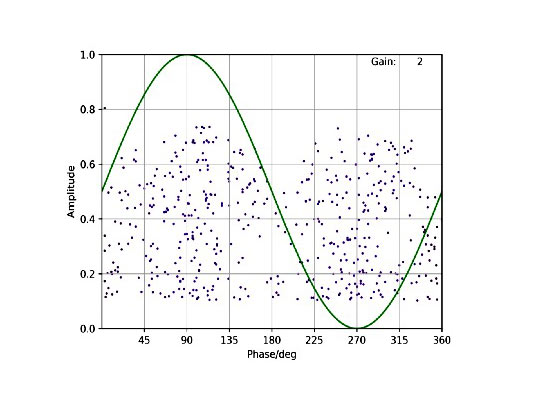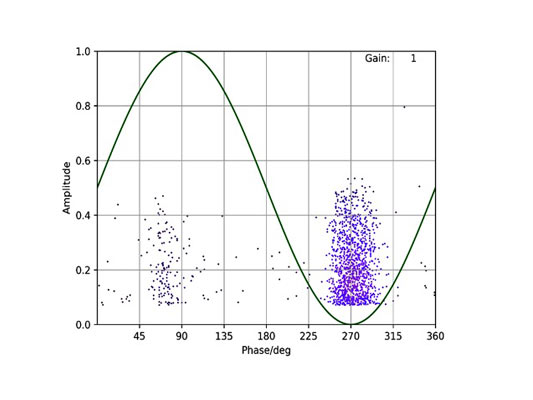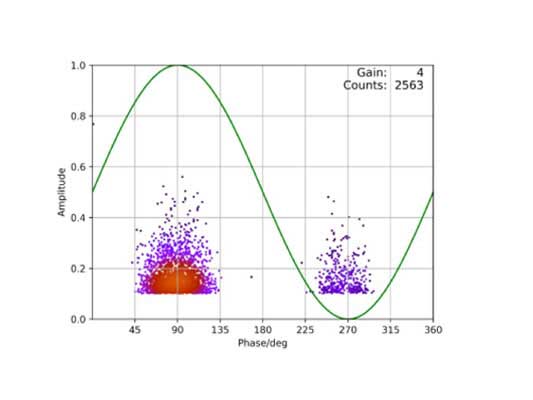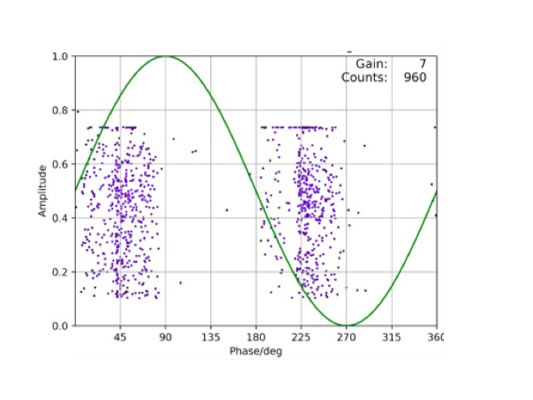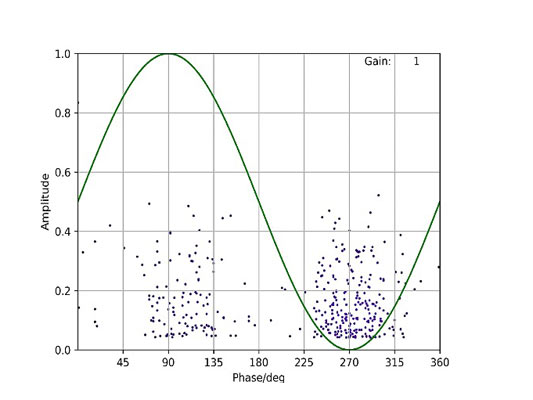Secure your grid against outages and stay informed regarding the condition of your switchgear at all times.
OTEM - detects and localizes partial discharges in power transformers
Detection of partial discharges with optoelectronic sensors
The main task of the OTEM system is to detect partial discharges in transformers. In addition, the OTEM system provides valuable information about the condition of your transformer.
The OTEM sensor is attached to the light sensor. The OTEM sensor detects and processes the optical signals that are transmitted via the light sensor and transmits this data to an electronic unit, which evaluates, archives and processes the data. PD signals and the status of the system are clearly displayed using a graphical user interface. The electronic unit also offers various interfaces that support numerous protocols for integration into a control system.
In contrast to conventional PD monitoring systems, which detect the electrical signals of partial discharges, the OTEM system is based on the detection of optical partial discharge signals.
The advantages of optical partial discharge measurement are the high sensitivity and, in particular, the ability to precisely locate the partial discharge defect within the transformer. In addition, the OTEM system offers complete immunity to electromagnetic interference signals.
- Testing / commissioning
- Monitoring
- Maintenance / Repairs
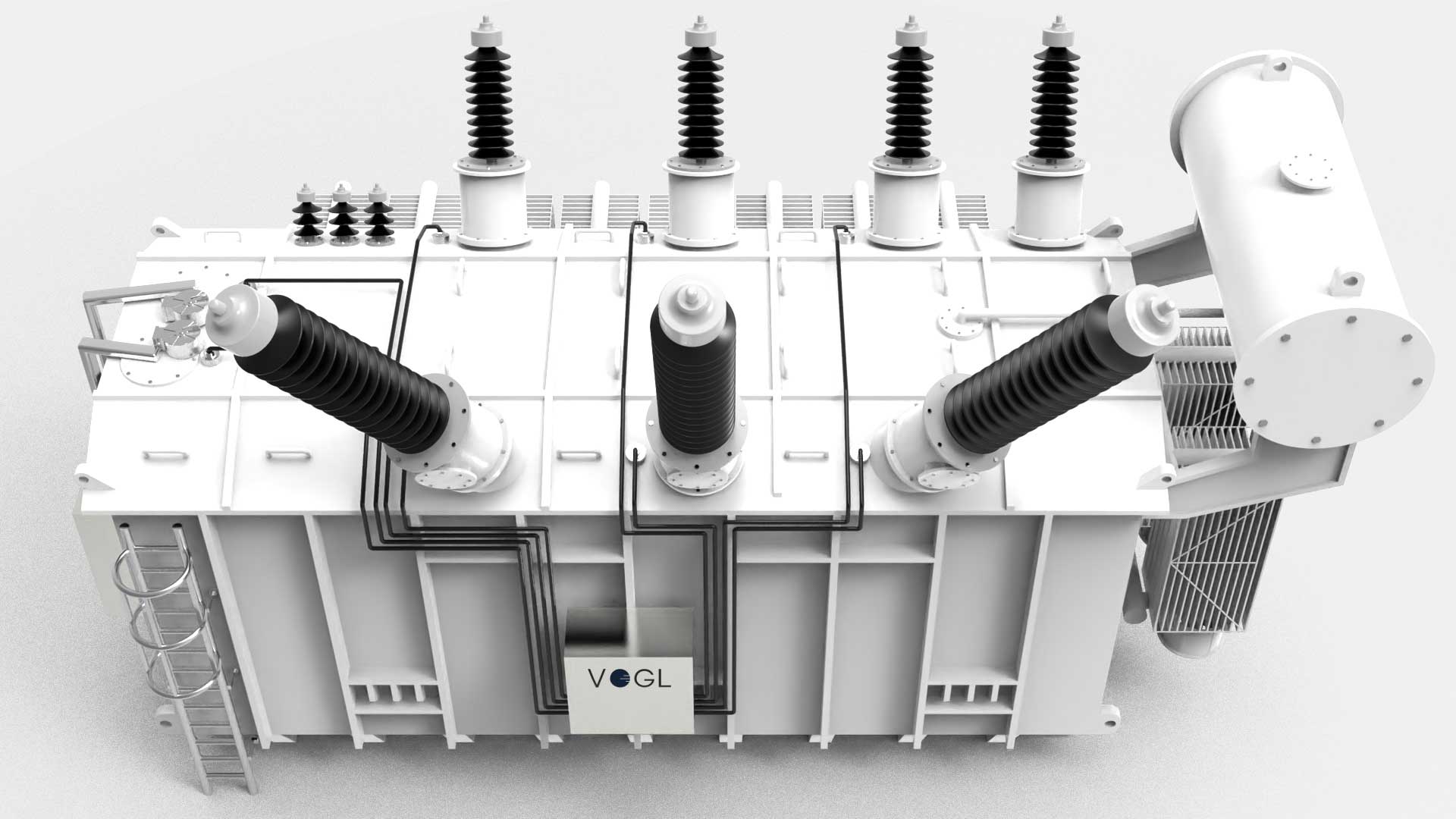
All optoelectronic sensors are connected to the electronic unit
| Precise detection of partial discharge within the transformer |
| High measuring sensitivity |
| Exact diagnosis of the specific fault type |
| Immunity to electromagnetic interference signals (e.g. UHF signals, radio/TV, mobile radio, electrical machines) |
| Specifically developed for transformers in the high-voltage class |
| Easy installation and operation |
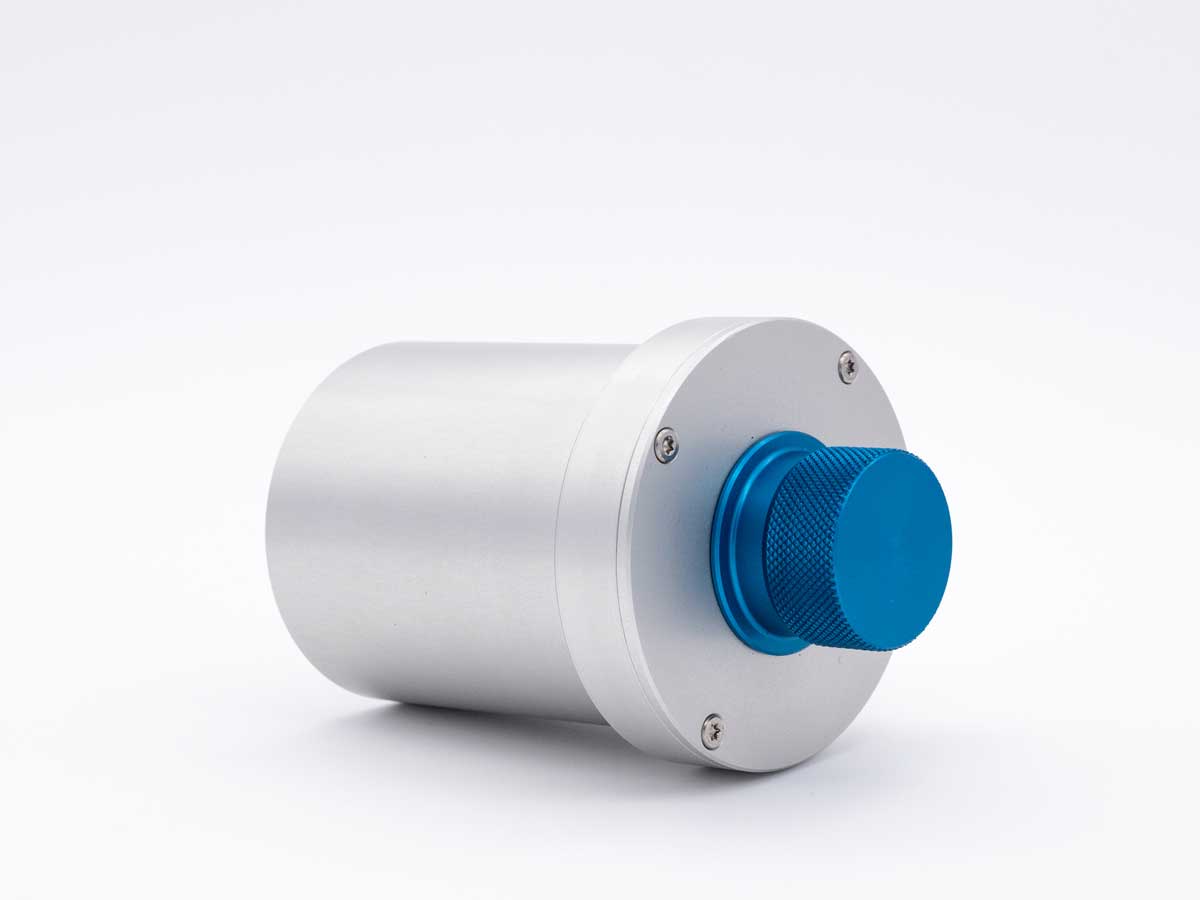
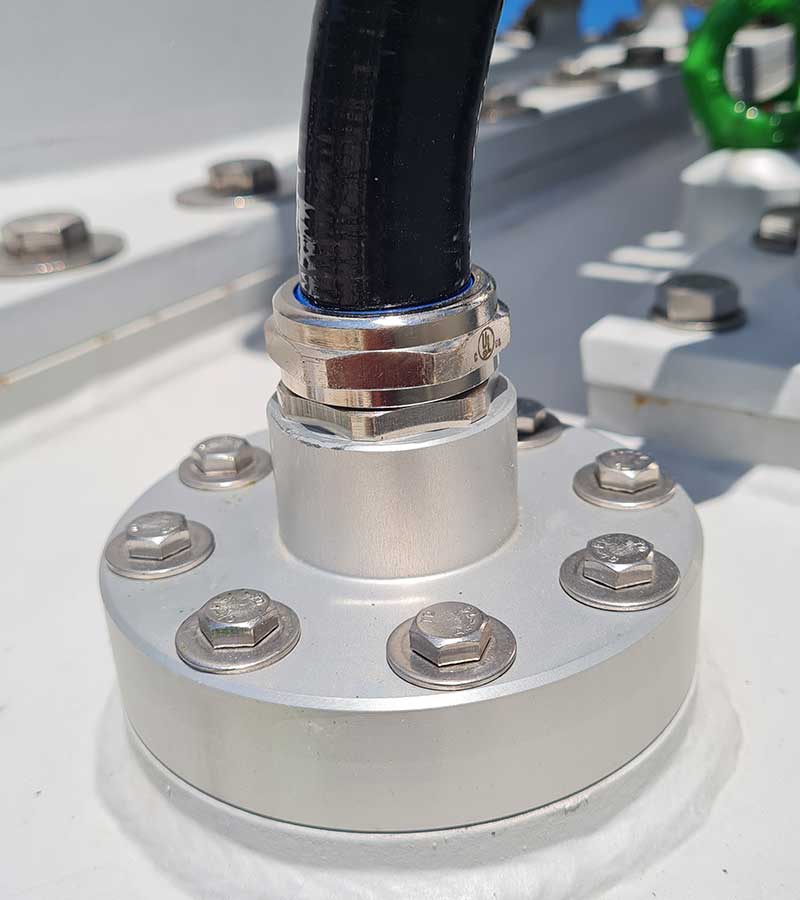
Signal recording and visualization
The optical patterns of the partial discharges are comparable to the signal patterns of conventional IEC and UHF methods, allowing reliable detection and verification with an independent technology.
Due to the virtually interference-free signal recording, no further filtering of the signals by the operator is required.
